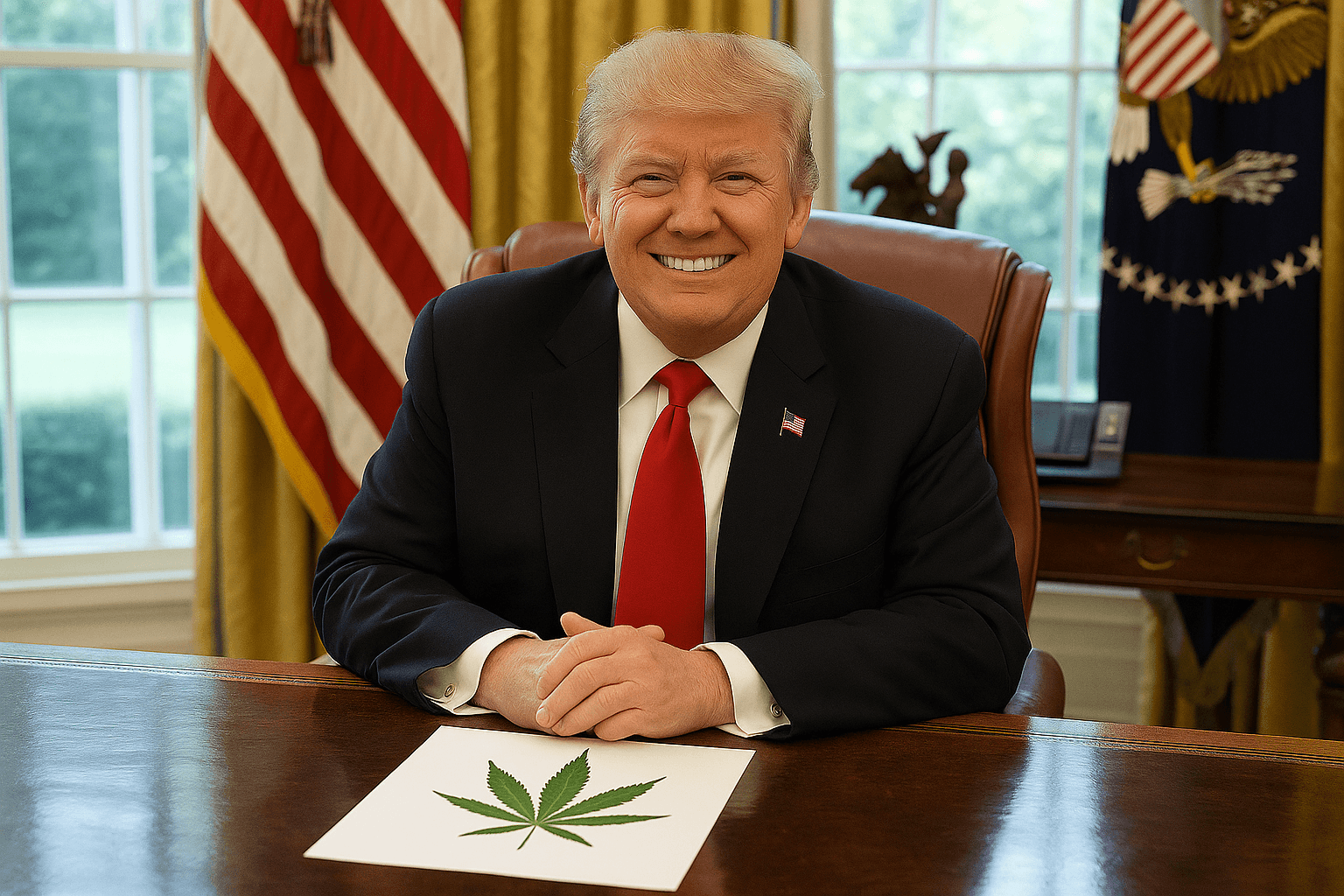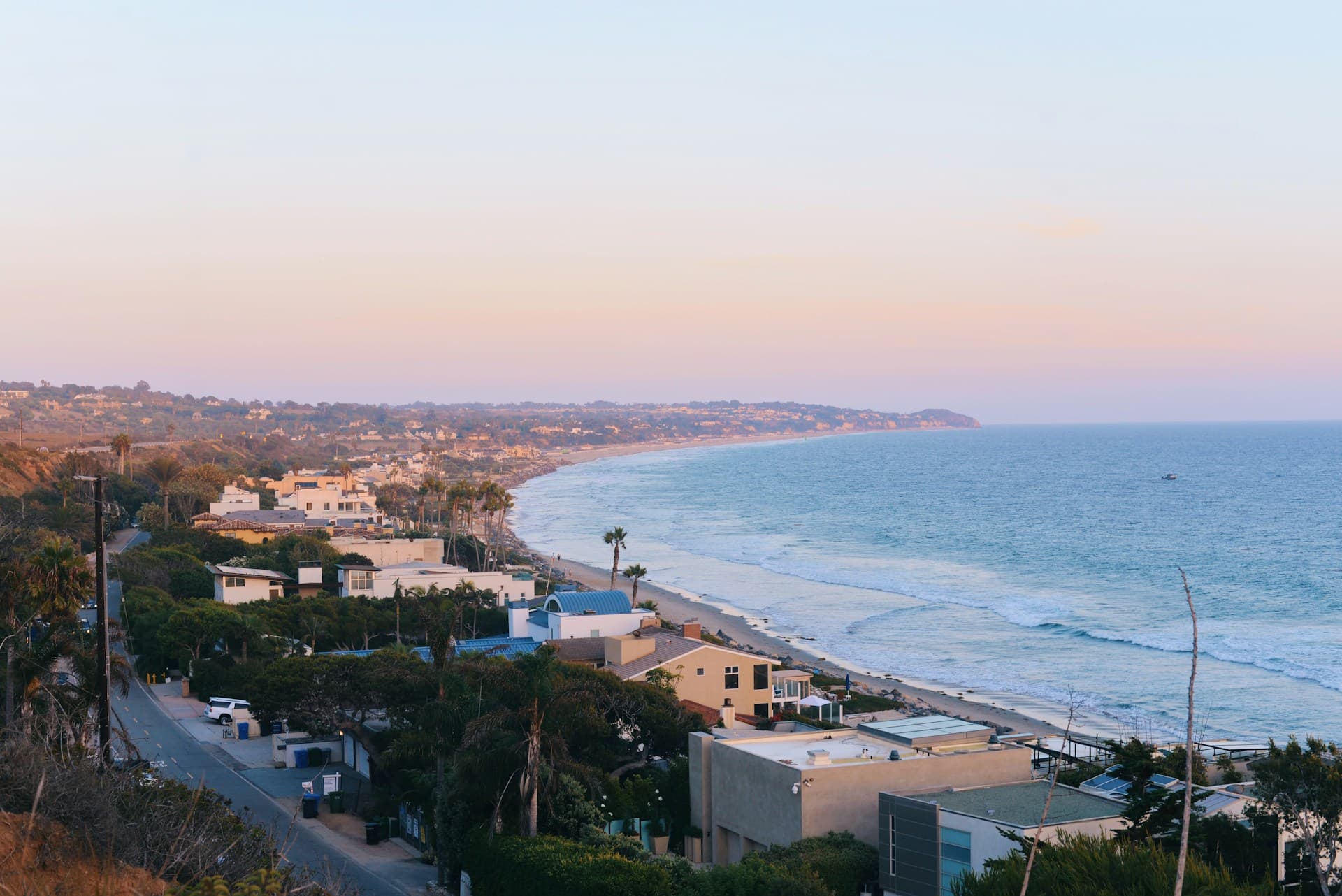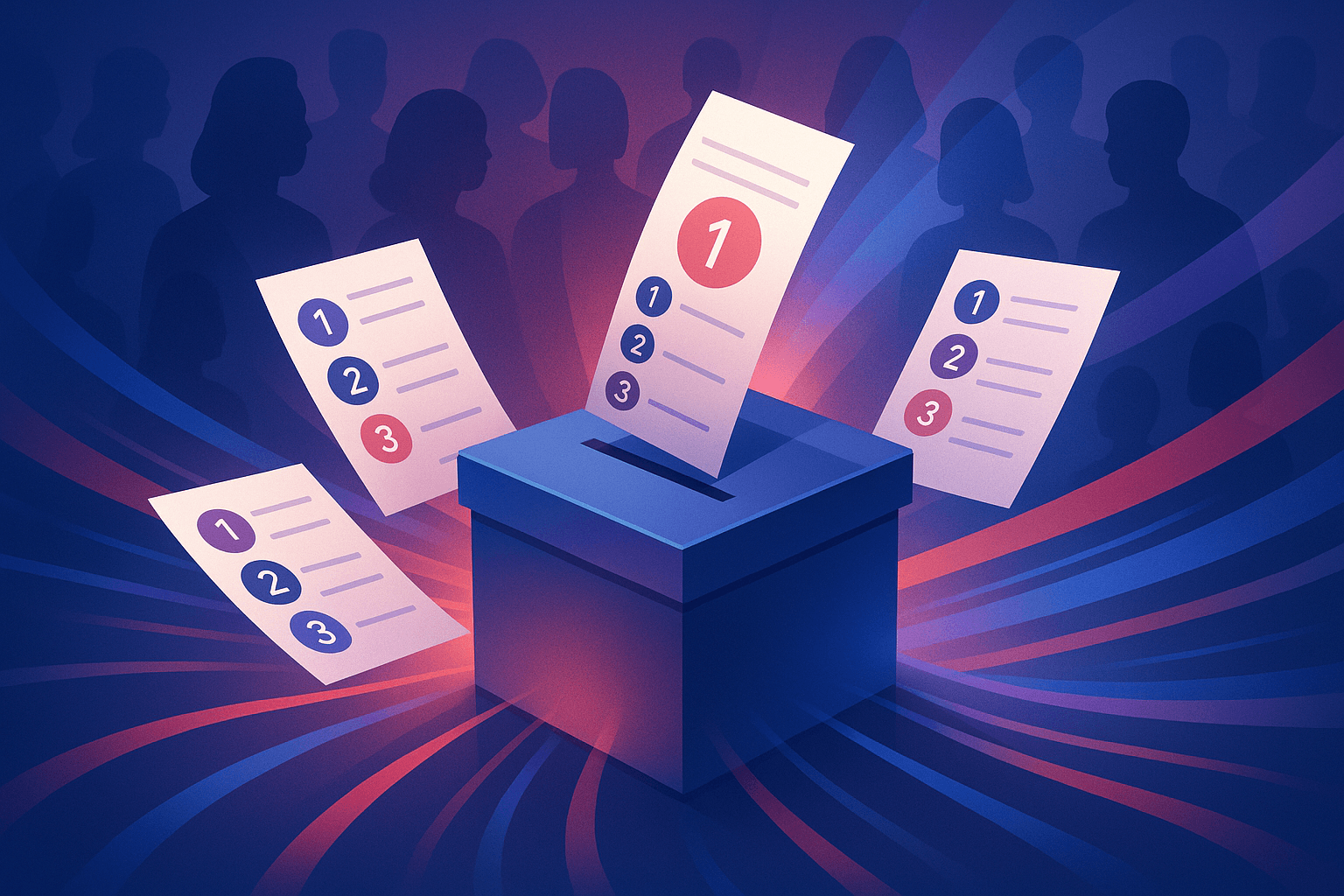Higher Voter Turnouts Challenge Big Money in Politics

Money and power go hand in hand in the current discussion over the state of politics in America. A 2014 study by the California Public Interest Research Group, CALPIRG, found a relatively small number of large donors made up over half of spending in California's 2014 nonpartisan, top-two open primary election.
According to CALPIRG, 67 percent of all campaign contributions in the 2014 California primaries came from large donors -- those who contributed more than $1,000. Just 864 individuals spent more than 34,000 small donors (< $200) combined. The study ranked each state according to the ratio of large to small donors.
Compared to other states, California ranked twenty-second in this area. Texas came in first place with 80 percent of all campaign money coming from large donors. Accompanying Texas at the top of the list were Tennessee, Alabama, New York, and Arkansas, respectively.
These states have more in common than a disparity in the largeness of campaign contributors. They also have low voter turnout rates. Of the top 7 states with the most money coming from large donors, only one state ranks in the top 25 for voter turnout (Michigan, 12th). Conversely, out of the 7 states ranking last in the percentage of contributions from large donors, 6 are ranked in the top 25 for voter turnout.
While correlation does not mean causation, there is a trend between the disparity of large and small donors and voter turnout. Campaign dollars mean more people a candidate can reach whether it's through mail, TV ads, or online. Hence, the more voters who turnout in an election, the less powerful one campaign dollar can be.For example, if a candidate knows only 100 voters will show up on election day, it's both easier and cheaper to reach those 100 voters. Following this logic, one campaign dollar in Texas (with only 48% voter turnout) has more influence than one campaign dollar in Minnesota (with 69% voter turnout).
In California, another factor besides voter turnout influencing the effectiveness of campaign contributions is the top-two primary. In June, when Californians went to the polls for the state's primary, voters received a ballot listing all the candidates regardless of the voters’ party affiliation. The top two candidates with the most votes moved on to the November general election.
In a nonpartisan, top-two open primary, candidates are tasked with campaigning to a larger base than in a traditional closed primary because not only are they campaigning for votes from their own party, but also the votes of independents and those affiliated with the opposing party.
The outcome of the top-two primary can result in a same-party general election. In the 2014 election cycle, there are 7 races for the U.S. House of Representatives between candidates of the same party. Hence, candidates must decide how to effectively spread their campaign money across a broader voting base.
The SF Gate interviewed Ruben Barrales, president and CEO of Grow Elect. He said, "Everything is so much more expensive. We're doing polling earlier than ever, and every race is different (than it used to be) - even in the same district."
The top-two primary opens up the race to a wide range of candidates, which challenges seats once deemed safe in the traditional primary system.
Carla Marinucci of the SF Gate wrote, “Many candidates must calculate how to run back-to-back elections against the same challenger -- weighing the merits of expending effort and money before the June primary versus keeping the powder dry for November.”
With so many variables leading to the ultimate victory of a candidate, it may be impossible to isolate the effect of any given campaign contribution. However, one thing is clear, increasing the pool of voters diminishes the power of one individual campaign dollar. For those concerned about big money in politics, simply turning out on election day may be the best grassroots strategy to weaken the influence of big donors.
Photo Source: AP



